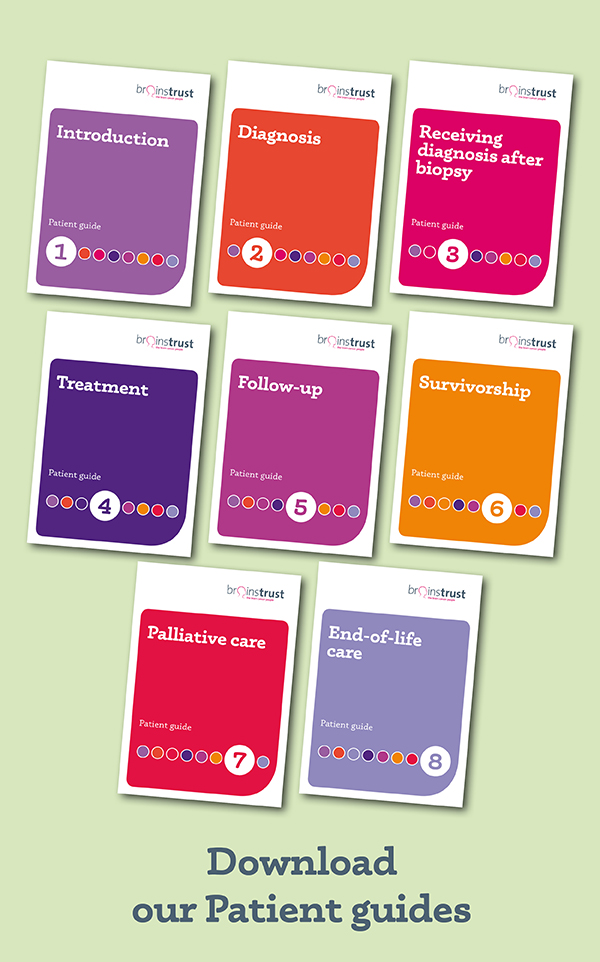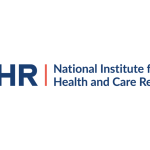Getting a second opinion
There is a lot to take in when you hear a brain tumour diagnosis. It is important at this stage that you feel confident about the care that your loved one will be getting, and you are given opportunity to ask any questions you may have.
The brain tumour journey is an uncertain one, and you often come out of appointments feeling overwhelmed and uninformed. There are options.
It is your right to seek a second opinion and you can do this at any stage of the pathway. Doing this can inform and help with decision making. This can also help you feel more in control and empowered.
The key to this is knowing what your options are. And if you need to make doubly sure that the options you have on the table are the right ones for you and your loved one then think about a second opinion. The brain tumour pathway is increasingly very complex with combinations of treatments and with the better knowledge that we now have about the molecular make up of brain tumours, what is right for one person will not be right for the next. You should also know that you may hear that there are no other options and this can be distressing.
What is key is that you are in charge and that the path that you choose is the right one for you. Do not worry about upsetting your clinicians – a good clinician will understand the need to seek other opinions in a diagnosis as serious as this.
When thinking about whether seeking further opinions would be beneficial for you and your loved one with a brain tumour diagnosis, ask yourself:
- What do I hope to gain by seeking second or third opinions?
- What do I want to know?
- What do I need to know?
- What are the questions I want to ask?
- How will I react if I just keep hearing the same thing?
- What are the pitfalls of a second opinion? The benefits?
You can find out more information about seeking a second opinion and how to do this in our Know How.

This Know How has been designed to help you understand the pros and cons of a second opinion, bring some clarity as to what the options are and inform you how to go about seeking another opinion.










